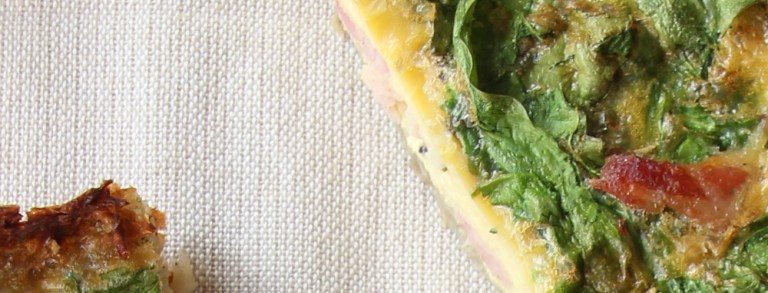Tips For a FODMAP Friendly Diet

We spoke with Joanna Baker, dietitian at FODMAP Friendly, about what you can do to maintain a low FODMAP diet.
If you are following a low FODMAP diet, you will know how hard it can be to confidently choose a product that won’t leave you suffering due to sneaky high FODMAP ingredients. Cooking real food from scratch is a wonderful and healthful way to eat, but at times life gets in the way and some of these products make it into our kitchen. They may help us make quick simple meals, add flavour to dishes or provide us with on-the-go snacks.
At some point of your FODMAP journey, you will need to learn to read labels. This will help you to recognize which foods are suitable for the low FODMAP diet and wont leave you suffering. Following these three tips will help you to shop and eat with confidence.
Look for the Logo
The FODMAP Friendly Registered Certification Trademark logo takes all the guesswork out of label reading. It is the only registered certification trademark worldwide certifying FODMAP levels in food products that have been laboratory tested to be low in FODMAPs. As a registered certification trademark, this logo has a defined set of rules that have been assessed and approved by the Australian Consumer and Competition Commission and the relevant authorities in countries around the world where registered. These rules include:
- Foods displaying the logo must be tested in an approved laboratory and proven to be low in all FODMAP groups.
- The logo cannot be awarded based on an ingredients list alone.
- If a food manufacturer changes their recipe the food must be retested to ensure it is still low FODMAP.
- Foods that carry the FODMAP Friendly logo are also subject to auditing anytime.
- The laboratory where products are tested must be approved and annually accredited. This means demonstrating every twelve months that testing procedures and equipment used are up-to-date with the latest technology and that the staff who are conducting tests are suitably qualified to do so.
Tip: If you see this logo, you can be assured the product has been laboratory tested and approved as low in FODMAPs. You can read more about the FODMAP Friendly program and certified products here.
Know what foods are likely or not likely to contain fodmaps
We have five basic food groups: Fruit, vegetables, whole grains, meat/meat alternatives and milk and milk products. FODMAPs are short chain carbohydrate molecules, which may be found in fruits, vegetables, grains and some dairy foods like milk and yoghurt. Fresh meat, fish, eggs, cheese, fats and oils contain only trace amounts of carbohydrates, or none at all.
Tip: Save yourself some frustration and grab the FODMAP Friendly smartphone app to help you identify which foods are low and which foods are high FODMAP.
The Ingredients list
Most of the stuff on the front of a box is marketing and advertising. Some claims and logos are governed by law (e.g. the FODMAP Friendly logo) while others are just marketing jargon e.g. “fructose friendly” or “superfood”. The ingredients list is where you will get the most information about FODMAP content. This is where the product must list, in descending order (from largest to smallest), the ingredients used to create the product. This means that the ingredient listed first is present in the largest amount, and the ingredient listed last in the smallest amount. For example; if you see a loaf of bread that lists honey as the very last ingredient, you will know that it is only present in small amounts. Alternatively, if you are looking at a sauce or dressing and the second or third ingredient is garlic, it is present in larger amounts.
Tip: The exception to be aware of here is that if a product carries the green certification trademark logo on the front of pack, this ensures that the product is laboratory tested to be low in FODMAPs. This logo overrides the ingredient list.










